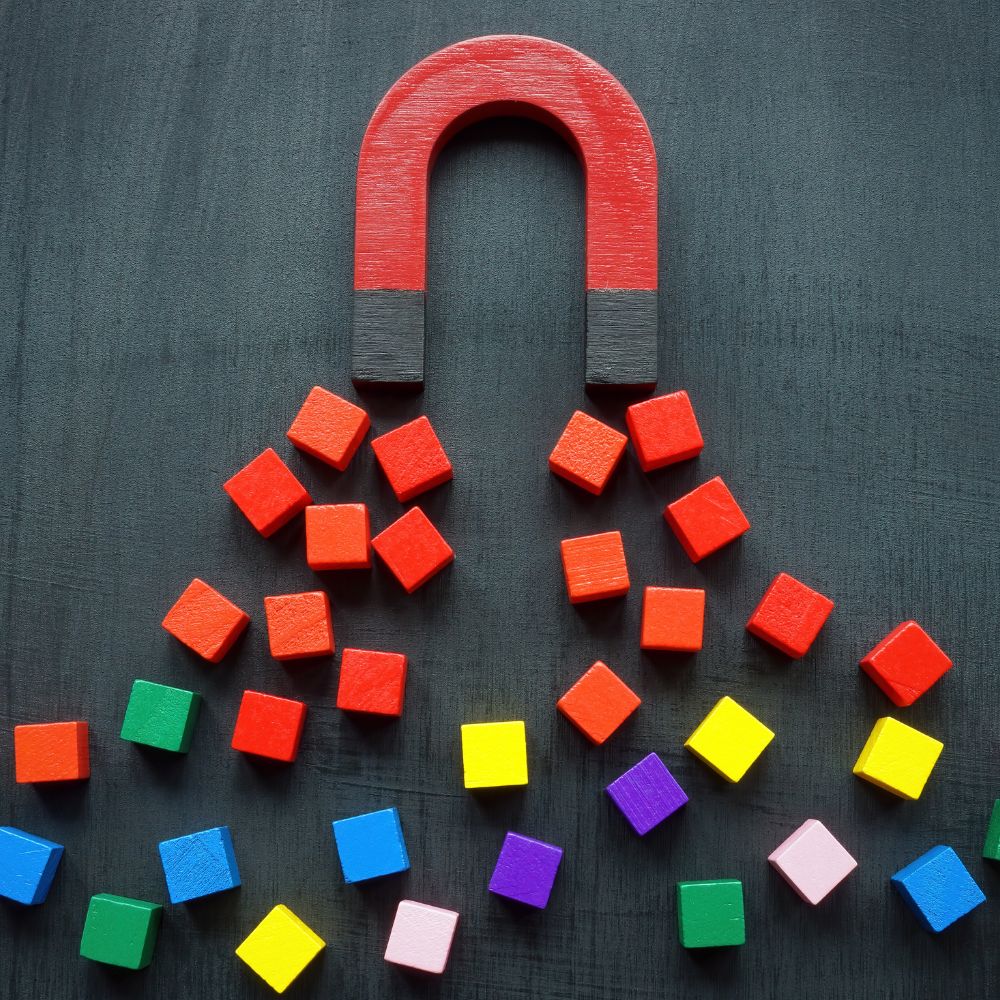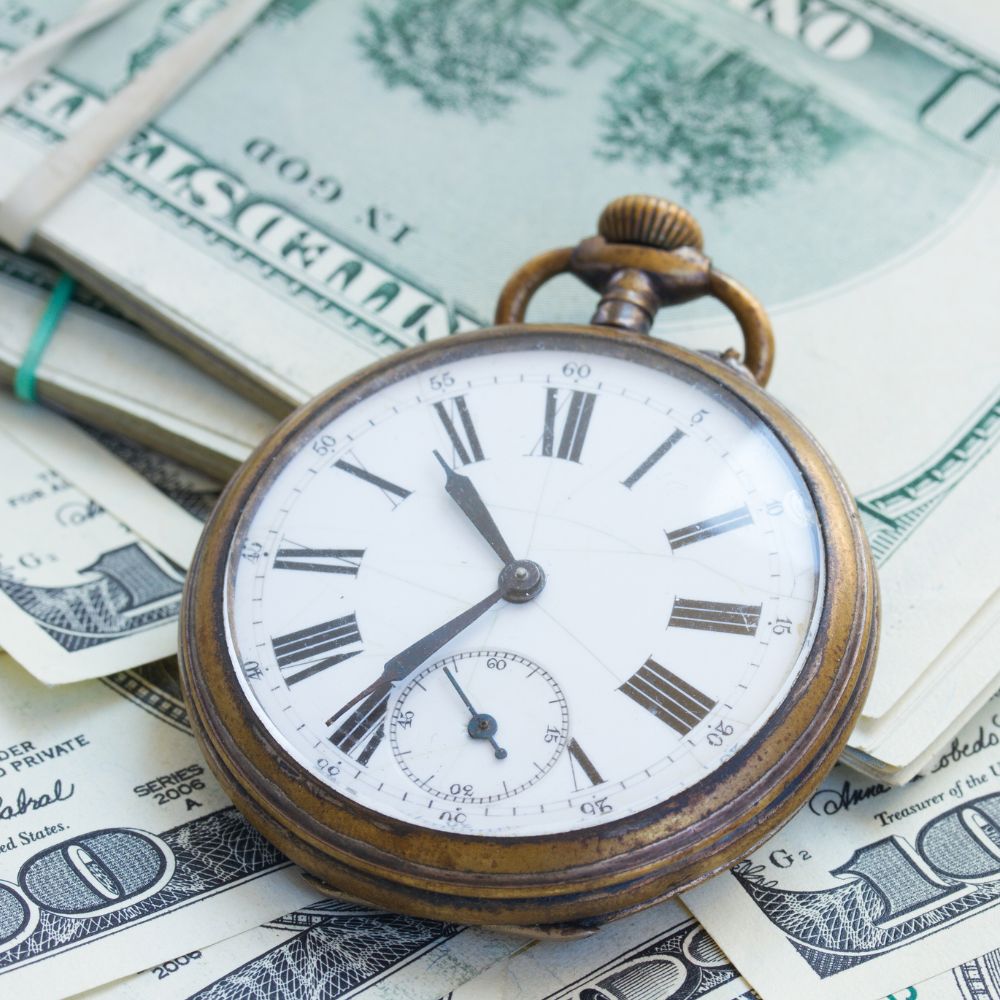Customer Retention Is an Outcome, Not a Metric

Most teams treat customer retention rate like a number they can push up. They chase it with email cadences, loyalty offers, and follow-up sequences. The assumption is simple: if we remind them more, they'll stick around.
It's a comforting idea. It's also wrong.
Retention isn't driven by frequency. It's driven by belief. When a customer decides to stay, they're not reacting to your messaging. They're responding to an internal conclusion: This is still worth it.
Retention isn't something you manage. It's something you earn.
Retention Drives the Two Metrics That Matter Most
There are only two levers that determine the quality of a business model: customer lifetime value (LTV) and customer acquisition cost (CAC). Retention controls both.
The longer a customer stays, the more revenue they generate. The more profitable they become. High retention stretches LTV without requiring expansion revenue. And as LTV increases, you can afford a higher CAC and still hit your margin targets.
But it doesn't stop there. Retention also reduces CAC at the system level. Loyal customers drive referrals. Repeat buyers improve marketing efficiency. Long-term clients reduce pipeline pressure. If you're trying to improve CAC without fixing retention, you're bailing water with a hole in the boat.
Retention Is a Belief System
Every renewal, repeat order, or rebooking is a signal. The customer still believes your product or service is the best option available. That belief is shaped over time, not by what you tell them but by what they experience.
We call this the Value Perception Loop:
- Experience – The customer uses the product or service
- Outcome – They achieve (or fail to achieve) a desired result
- Signal – They receive feedback or cues that reinforce that result
- Belief – They update their internal story about whether it's worth continuing
If that loop is strong, retention follows naturally. If it breaks at any point, churn becomes inevitable. This isn't theoretical. It's structural. And it applies across business models.
How to Measure Retention (Properly)
Retention varies by model, but the principle is the same: how many customers are still active and paying after a defined period?
- In SaaS: Use cohort-based retention. Track what percentage of users from a signup month are active or paying after 30, 90, or 365 days.
- In E-commerce: Track repeat purchase rates. What percentage of first-time buyers make a second purchase within 90 days?
- In Services: Track contract renewals or rebookings. What percentage of clients continue after their initial engagement?
The key is to segment by acquisition source, customer type, and time period. Average retention hides the truth. You need to know which segments retain well and which don't.
Common Retention Mistakes
Mistake 1: Treating retention as a marketing problem Most retention issues aren't solved with better emails. They're solved with better products, clearer onboarding, or more aligned expectations.
Mistake 2: Focusing on lagging indicators Retention rate is what happened. Leading indicators tell you what's about to happen. Track engagement, support tickets, feature adoption, and satisfaction scores.
Mistake 3: Optimizing for the wrong cohort Not all customers are equal. A 90% retention rate among low-value customers might be worse than 70% retention among high-value ones.
Building for Retention
If retention is an outcome, what drives it? Three things:
1. Product-Market Fit The product solves a real problem in a way that's meaningfully better than alternatives. Without this, no amount of optimization will create lasting retention.
2. Expectation Alignment What the customer expected to get matches what they actually get. Misaligned expectations create churn, even when the product is good.
3. Continuous Value Delivery The customer continues to get value over time. This means the product evolves, the service improves, or the relationship deepens.
Final Thought
Retention isn't a metric you optimize. It's an outcome you earn.
The companies with the best retention don't chase retention directly. They build products people can't live without, set clear expectations, and deliver value consistently over time.
Everything else is just noise.
Share this article
Help others discover these insights
Continue Reading
Discover more insights to help grow your business

CAC isn't a marketing metric. It's a reflection of how your business earns, retains, and monetizes customers. Here's how to use it properly.

LTV isn't just a finance metric—it's the foundation of every smart marketing decision. Here's how to use it strategically.

Whether you agree with him or not, Elon Musk shows a consistent ability to build with speed and scale. Here's the framework behind it.
Ready to Transform Your Marketing?
Get expert insights and strategies tailored to your business. Schedule a free consultation today.
Start My Project